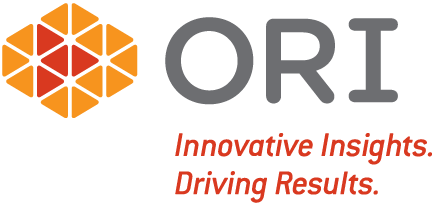Hidden Complexities of Conducting Government Survey Research
Government surveys are not as easy as they look. When it comes to conducting survey research for federal government agencies, it pays to heed these words of caution from the lawmaker known as Murphy.
There are several elements related to conducting federal agency surveys that add time, complexity, and cost to implementation. One is the general internal agency review process required to develop a survey. In our experience, this period is longer and more complex than in the commercial sector, involving a more formalized review process. Even if a survey does not require approval through the OMB Paperwork Reduction Act (PRA) process, getting agency-level approval can be more time-consuming than the timeframe for a similar commercial survey.
When you are conducting a survey that requires OMB PRA clearance, your approval timeline may be extended as long as 12 months for the review and justification period. Having a clear understanding of what types of surveys will require OMB PRA clearance, determining what kinds of clearances are needed, and knowing how to structure the research engagement by combining components that require clearance along with those that do not are critical ways to increase the efficiency with which you can implement a survey for an agency.
Researchers, regardless of the sector, should employ appropriate best practices, including careful instrument design incorporating survey pretesting, thoughtful development of samples, rigorous fieldwork, and robust analysis. This is even more important when conducting government surveys because of the potential wide-ranging impact of any research findings.
In addition, find out what additional techniques—such as cognitive testing of survey instruments, psychometrics, or specific analytical techniques—are recognized as the standard for the agency involved. Keep in mind that even if the engagement does not require the formal OMB PRA process, there are OMB guidelines for conducting surveys and research in the government space that need to be followed.
Fortunately, there are plenty of agencies that are doing really good, solid research. A smart idea is to check out what is happening at the statistical agencies to see what they are doing and what methods they use. Also look for agencies or offices that have conducted research similar to what you are intending to do. See if you can talk to the survey project managers to learn about any pitfalls that you may not be aware of.
Many government survey professionals are members of the American Association for Public Opinion Research (AAPOR) or the American Statistical Association (ASA). Both organizations provide resources to assist practitioners. The OMB survey guidelines themselves are also very helpful in designing surveys and formulating questions.
If you are new to creating or conducting government surveys—whether the research is for a government agency, an association, or a commercial concern—it’s always a good idea to check in with a survey research expert to make sure you’re on the right track conceptually and technically. An experienced researcher will help you avoid mistakes or incorrect assumptions and, ultimately, get the most bang for your survey buck.












